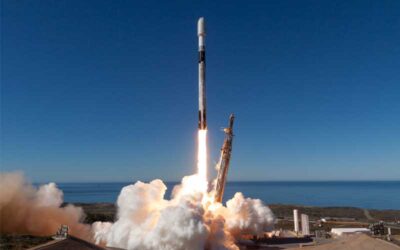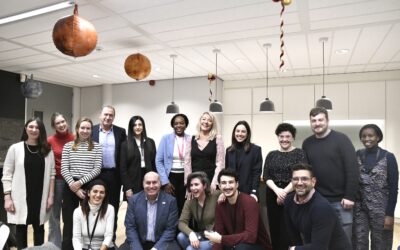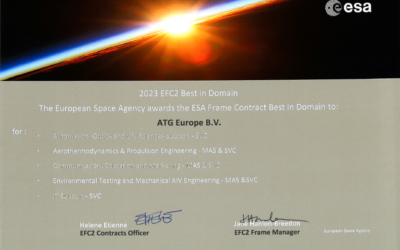ATG Talk by Christiaan Maats on How Product Design can benefit a more sustainable World
SOur final ATG Talk before the Summer Break stars took place on the 23rd of June 2022 with a very anticipated presentation on How Design and the genuine process we put into our products, can benefit a more Sustainable future; with TEDx speaker and Industrial Design Engineer – Christiaan Maats.
After a few words from our CEO – Gian Carlo COLETTA, Christiaan kicked off the ATG Talk by giving us a brief overview of his interest in the psychological side of product design: how do products communicate, how do they influence our behaviour? An interest that led him abroad to expand his vision, and to conduct extensive research on the concept of storytelling through product design.
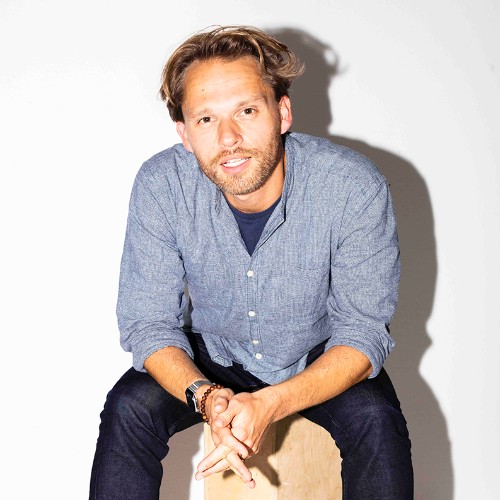
Christiaan Maats
Co-Founder at OATs, TEDx speaker and Industrial Design Engineer
Because «good product design is good storytelling» Christiaan said.
Being a successful TEDx speaker, Christiaan captured the “room’s” attention very quickly by explaining the creation process of the world’s first biodegradable shoes that blooms. Christiaan considers himself as a practical idealist, driven by a passion for innovation and creating products and brands that help create a better future.
Today, Christiaan offers workshops and creative guidance to companies that want to develop value propositions that truly align their core values to broader social and ecological gains.
But 14 years ago, Christiaan’s sights were set towards building OAT Shoes. Talking to us about the process, the difficulties, and successes in creating such a product, Christiaan showed a lot of ambition and had to make difficult choices. These choices, he notes, limited OAT’s market and made it harder to create a commercially viable product. The brand also sourced all its materials and production within Europe, which was a source of pride as well as a challenge that ultimately became too great to overcome in the time that was given. Innovating a product, Maats notes, “really means having to innovate a whole supply chain and that takes time, money and a lot of energy. But making the impossible happen requires you to fail and try again, relentlessly in order to learn and improve.”
Very early on in his talk, Christiaan started to ponder the question of how all this related to our industry and what we do at ATG Europe. In the words of Gian Carlo COLETTA, at ATG we believe that innovation in industrial materials constitutes the infrastructure which will support our current society in regard to the provision of energy, space solutions, transportation, information, and communication technologies.
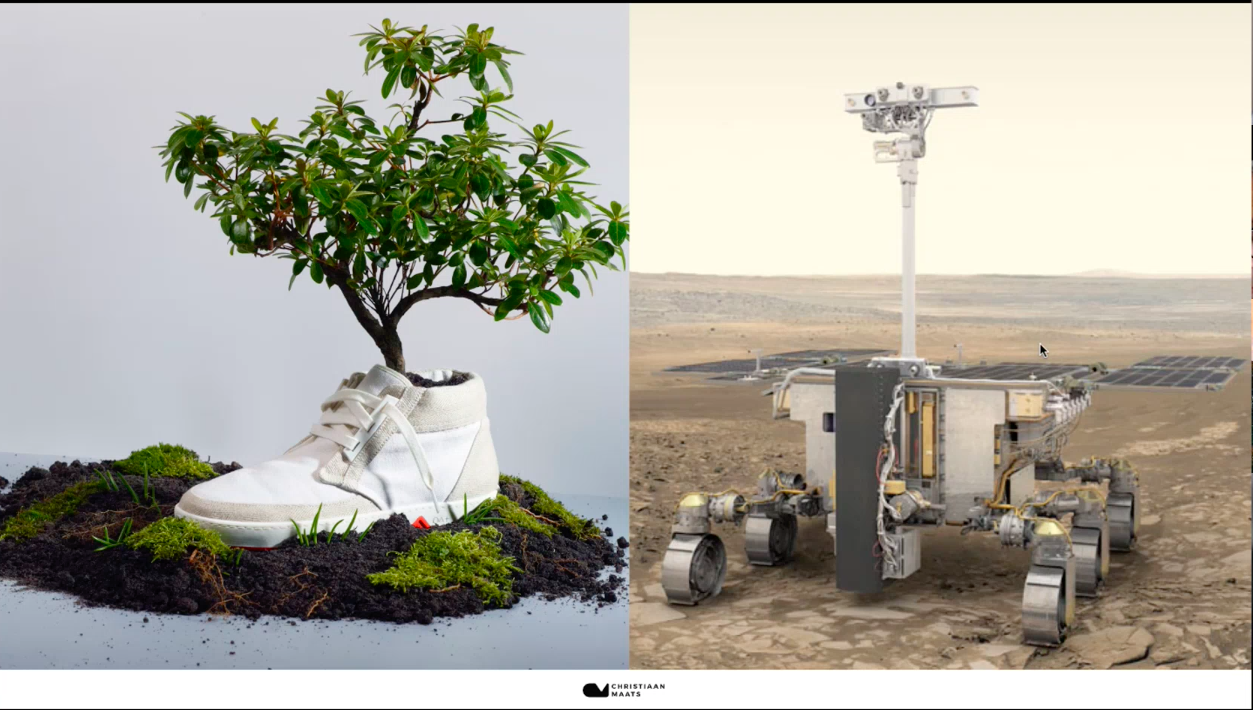
Using Kennedy’s famous Moon-speech at Rice University in 1962, Christiaan illustrated the hallmarks of innovation: how it always means ‘doing the impossible’, to a degree; how product innovation equals supply chain innovation which means that this “process of continuous learning” requires interdisciplinary collaboration. Collaboration needs common goals, and common goals need good storytelling based on shared beliefs.
Ultimately, Christiaan’s story was about the importance of understanding how our beliefs determine our actions, so if we want to create a sustainable world, we need to shift our worldview from a competition-oriented, win/lose perspective, towards a collaboration-oriented, win-win perspective.
Good products should be accompanied by authentic, transparent communication, with equally transparent supply chains. Good products last longer, are repairable and recyclable, promote consumer well-being and social cohesion, the antithesis of the work-hard-play-harder hustle of this millennium. Good products are also made by companies that make their socio-ecological goals at least as important as their financial bottom line, so that the businesses themselves are designed and organized with the same intentions as their products.
For Maats, sustainability means not only finding ways to sustain humankind on this planet, but also recognising the interconnectivity of all our experiences. Finding a way “to live lives in which we feel connected, to ourselves, our friends, family, society and the natural environment” is what matters most. In the end, as both a designer and a human being, Maats knows that the only system that will work going forwards is one that puts human and environmental well-being at the centre.
This doesn’t come by the touch of magic – Christiaan also shared his philosophy, his vision and what OAT’s worldview is. As a human being, your actions are based on assumptions, which are based on your beliefs and previous experience. Our brains process truckloads of information on a daily basis, so we sometimes need to take shortcuts —and that’s totally normal.
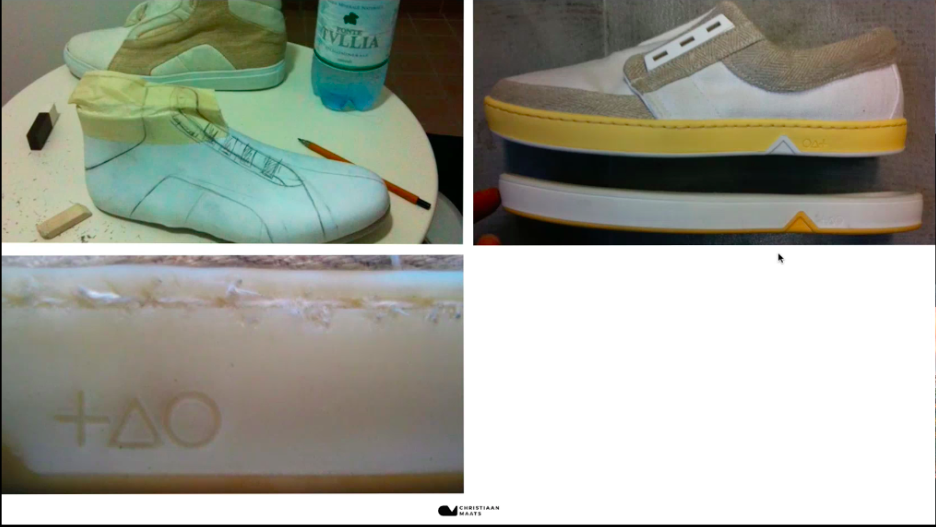
For example, we assume frost on our windshield means it’s cold outside, rush hour means lots of traffic, and the milk we just bought is safe to drink: we have experienced most of these scenario’s and might have a basic understanding of weather, traffic and the dairy industry to feel confident in our assumptions.
While these assumptions are harmless (although: is us drinking milk ‘safe’ for the cow? The environment?), taking mental shortcuts can get us into trouble in situations where our beliefs play a role —like who to hire for a new role (the reason why we are talking about a women’s or diversity quota), which business investment to pursue (maximize for profit margin, or for social gain as well), or in meetings where we suddenly disagree with a colleague (because we assume that colleague shares our beliefs and so should draw the same conclusions as we do —why would anybody think differently about this!?).
But just because your brain takes shortcuts doesn’t mean you’re doomed to make bad decisions. When you understand how your brain processes information, you can double-check your thinking by questioning your own assumptions with an awareness of your limitations. You can also communicate your thinking more explicitly and ask others to do the same, so you can arrive at more informed and thoroughly considered decisions. The ladder of inference (Chris Argyris & Donald Schoen, 1970) describes quite clearly how this process in our brain works.
Finally, Christiaan took the time to answer some questions in regard to the future of his vision, an opinion on Space exploration and how these materials and processes could be used to recycle a new generation of manufacturing in space, and more specifically about the market, and the niche in which OAT fits.
Topics that are more actual than ever, because at ATG, we also feel it is our role to take part in sustainable actions that seek to inspire, engage, and equip today’s businesses and future leaders to create a healthy and sustainable future, for us all.
